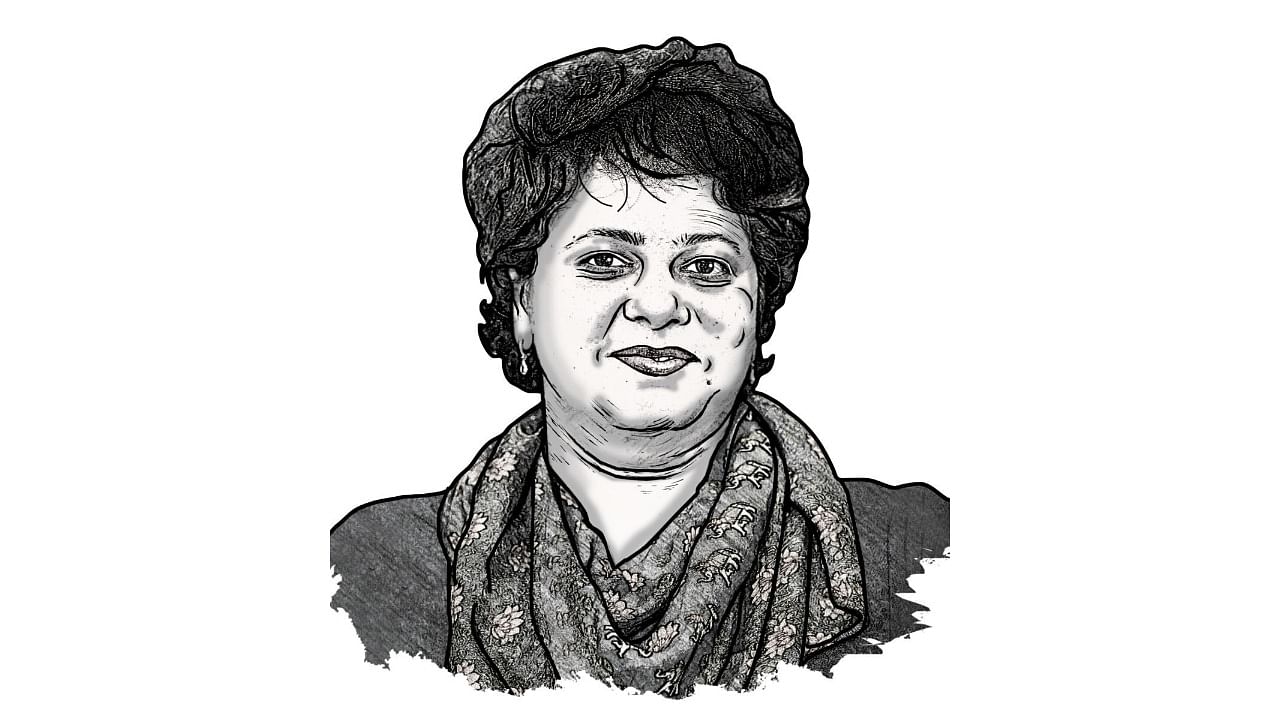
There are two financial decisions on everybody’s mind – if one should go for a higher contribution to the employee pension scheme (EPS) and which tax regime to choose.
The deadline for choosing to go with higher contribution to EPS is near. Essentially certain employees have the option to contribute a higher amount to EPS due to which they can expect almost 60-70% higher pension upon retirement. Of course, this means that the lumpsum amount received in the employee provident fund (EPF) will reduce.
Subscribers are still unsure about which option to go with. It is a choice between receiving a higher tax-free lumpsum on retirement, which can be invested based on one’s needs or receiving a higher, but taxable regular return in the form of pension. Pension is paid to a retired employee till death and thereafter only 50% of the pension is paid to spouse.
Decide based on your comfort in managing money and regular returns. For those who want tax efficiency and the flexibility to manage their money, staying with the current limited contribution and getting higher EPF works better. For those, who find it difficult to figure out getting a regular income and want a predicted income upon retirement, opt for higher contribution to EPS. But remember that the current pension may not be sustainable and could be reduced in the future. As could the EPF rate. However, the impact of EPS reduction could be higher.
The new tax regime has been made the default tax regime from FY 23-24 onwards. For higher incomes and with higher deductions (Sec 80C, Sec 24, Sec 80D etc), the old tax regime works out better. There are calculators available online which can be used to compare the tax liability in both the regimes. Do keep in mind that in case of the new tax regime, belated ITR cannot be filed and certain carry forward provisions with respect to house property do not apply. Salaried individuals are allowed to switch between regimes and can decide the regime at the time of tax filing.
The high cashflow due to the new tax regime needs to be directed to investments. Tax savings are often used up for immediate expenses. With limited tax saving avenues, individuals need to concentrate on investing in tax efficient investments like equities. Those going with the old tax regime can consider investing in equity linked savings scheme (ELSS) over other options like NSC or insurance policies, which do not beat inflation.
With the decision of the old or new tax regime or higher contribution to EPS done, the focus going forward needs to be on beating inflation.